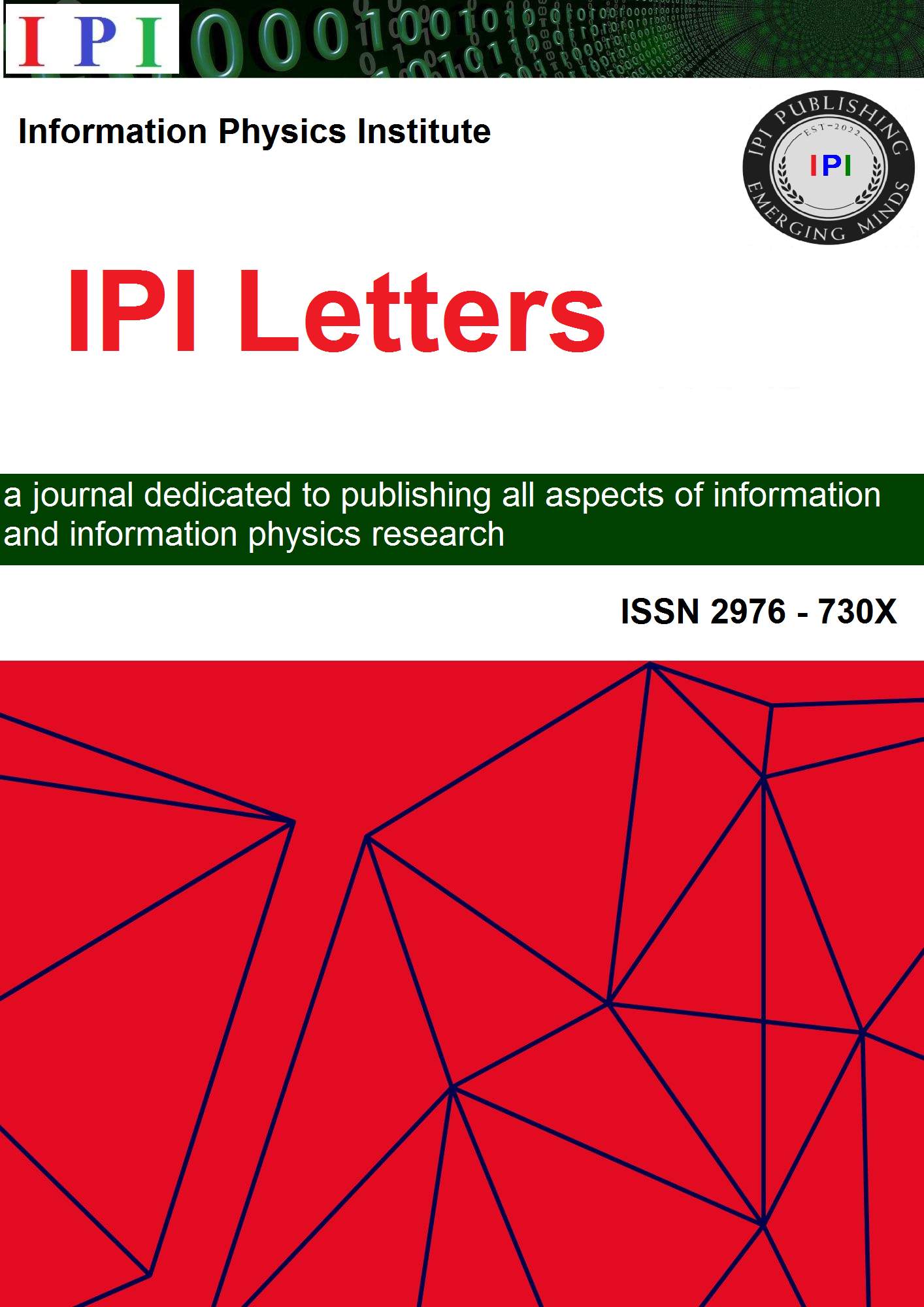Finite Human Facial Variability and the Reflexive Simulation Hypothesis
DOI:
https://doi.org/10.59973/ipil.249Keywords:
Simulation hypothesis, Reflexive simulation, Facial recognition, Facial variability, Reality renderingAbstract
The simulation hypothesis has garnered substantial philosophical and scientific interest as a potential explanation for the nature of reality. This paper extends the framework through what I term the ”reflexive simulation hypothesis,” which posits that conscious observers are not passive entities embedded in a simulated environment, but rather co-construct the simulation through perceptual and cognitive interaction. Drawing from empirical findings in facial recognition, genetics, perceptual psychology, and quantum mechanics, this paper argues that the bounded variability in human facial features, coupled with the dynamics of conscious observation, supports the view that reality is a co-generated simulation constrained by computational and cognitive limits.
References
Bostrom, N. (2003). Are You Living in a Computer Simulation? Philosophical Quarterly, 53(211), 243–255. DOI: https://doi.org/10.1111/1467-9213.00309
Jenkins, R., Dowsett, A. J., & Burton, A. M. (2018). How many faces do people know? Proceedings of the Royal Society B: Biological Sciences, 285(1888), 20181319. DOI: https://doi.org/10.1098/rspb.2018.1319
Sheehan, M. J., & Nachman, M.W. (2014). Morphological and population genomic evidence that human faces have evolved to signal individual identity. Nature Communications, 5(1), 1–10. DOI: https://doi.org/10.1038/ncomms5800
Kemelmacher-Shlizerman, I., Seitz, S. M., Miller, D., & Brossard, E. (2016). The MegaFace benchmark: 1 million faces for recognition at scale. In IEEE Conference on Computer Vision and Pattern Recognition (CVPR). DOI: https://doi.org/10.1109/CVPR.2016.527
Palmeri, T. J., & Gauthier, I. (2004). Visual object understanding. Nature Reviews Neuroscience, 5(4), 291–303. DOI: https://doi.org/10.1038/nrn1364
Goldstone, R. L. (1994). Influences of categorization on perceptual discrimination. Journal of Experimental Psychology: General, 123(2), 178. DOI: https://doi.org/10.1037//0096-3445.123.2.178
Hekkert, P., & van Dijk, M. (2011). Vision in Design: A Guidebook for Innovators. BIS Publishers.
Wheeler, J. A. (1978). The ”past” and the ”delayed-choice” double-slit experiment. In Mathematical Foundations of Quantum Theory, ed. A.R. Marlow, 9–48. DOI: https://doi.org/10.1016/B978-0-12-473250-6.50006-6
Friston, K. (2010). The free-energy principle: a unified brain theory? Nature Reviews Neuroscience, 11(2), 127–138. DOI: https://doi.org/10.1038/nrn2787

Downloads
Published
How to Cite
Issue
Section
License
Copyright (c) 2025 Cyrine Tayoubi

This work is licensed under a Creative Commons Attribution 4.0 International License.














